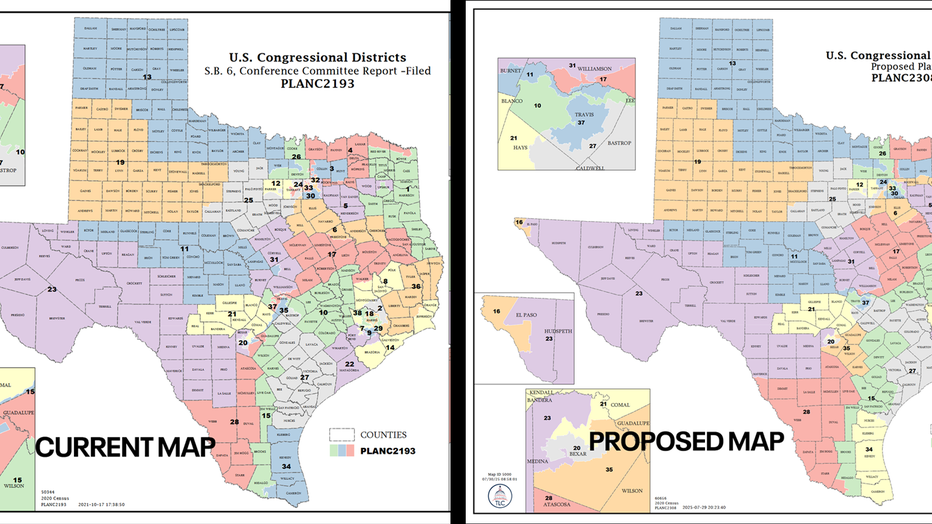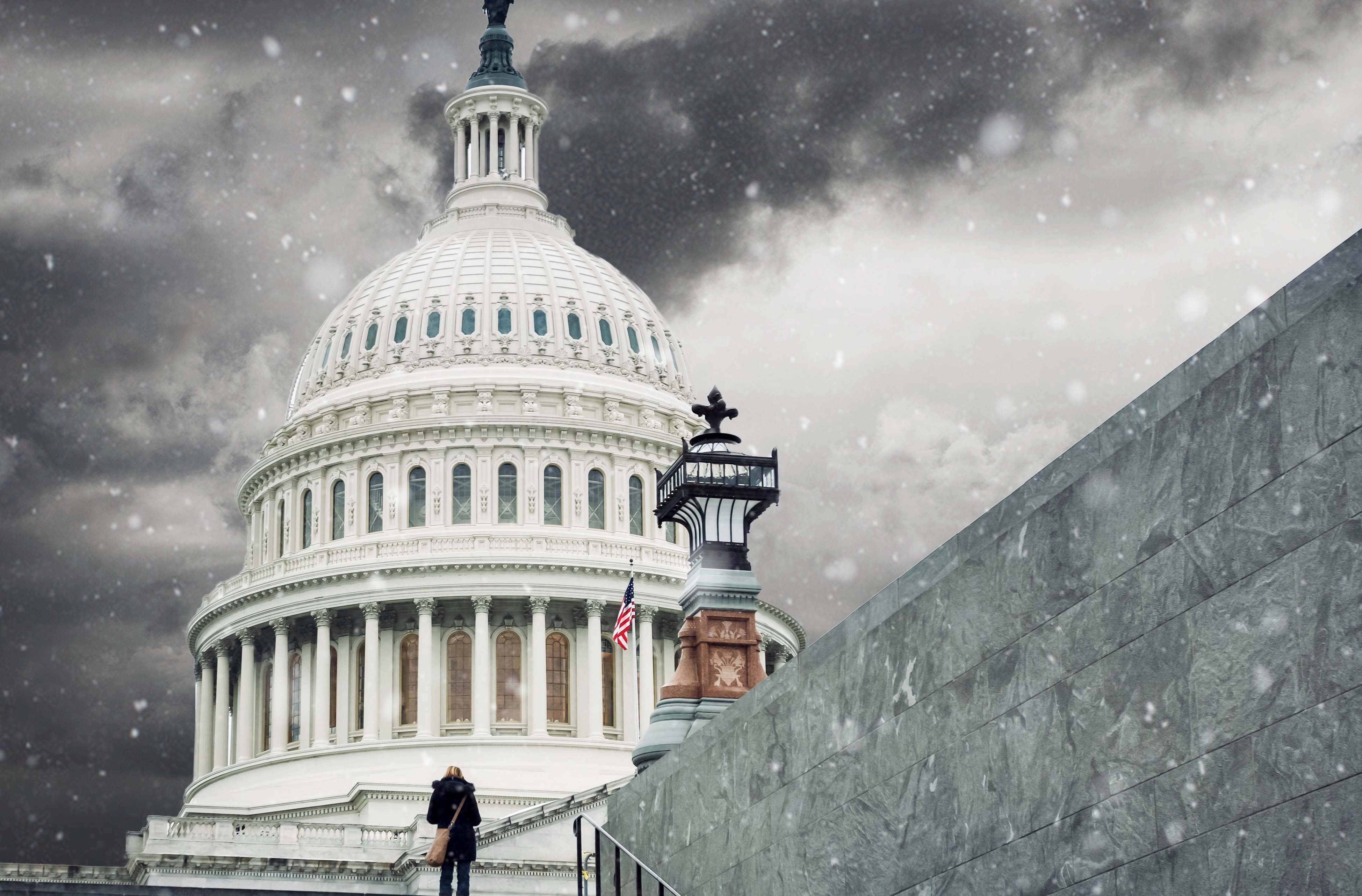Chances are, if you’re a technical leader in government, you are already intimately familiar with the purpose and details of the FedRAMP program and may have even participated in its development during the Obama administration. But if you’re a comms staffer, a legislative aide, a financial clerk, or even an elected official or principal in your office, you probably aren’t as familiar. While non-technical staff probably don’t have a day-to-day need to know the details of the program, we believe a working knowledge of FedRAMP can be a value-add for anyone working in government today. In this article, we will explore the history of FedRAMP, its evolution, and its current role in the federal IT ecosystem.
Since its inception in 2011, the Federal Risk and Authorization Management Program (FedRAMP) has played a critical role in securing cloud services used by U.S. federal agencies. By standardizing the approach to security assessments, authorization, and continuous monitoring for cloud products and services, FedRAMP has enabled agencies to harness the power of cloud computing while maintaining robust cybersecurity protections.
The Origins of FedRAMP
FedRAMP was officially launched by the Office of Management and Budget (OMB) in December 2011. The program was a response to growing concerns about the security of cloud services and the need for a consistent methodology for evaluating cloud service providers (CSPs). Prior to FedRAMP, each agency had to conduct its own security assessments, leading to duplication of effort and inconsistent standards.
FedRAMP was designed to address these issues by creating a “do once, use many times” framework. This model allows cloud service providers to undergo a single, rigorous assessment that can be reused by multiple federal agencies, saving time and resources while ensuring a consistent security baseline.
Program Evolution and Milestones
Over the years, FedRAMP has seen significant growth and development:
- 2012–2015: Early years focused on refining processes, building partnerships with agencies and CSPs, and issuing initial authorizations.
- 2016: The FedRAMP Accelerated initiative was launched to streamline the authorization process and reduce the time to market for CSPs.
- 2017: FedRAMP Tailored was introduced to create a simplified process for low-impact Software-as-a-Service (SaaS) systems.
- 2020: The FedRAMP Authorization Act was proposed as part of broader federal cybersecurity legislation.
- 2022: FedRAMP became law through the National Defense Authorization Act (NDAA) for Fiscal Year 2023, formally codifying the program and giving it statutory authority.
FedRAMP Governance
The FedRAMP program is governed by a veritable alphabet soup of Executive Branch entities including:
- The Office of Management and Budget (OMB)
- The Joint Authorization Board (JAB)
- The National Institute of Standards and Technology (NIST)
- The Department of Homeland Security (DHS)
- The Federal Chief Information Officers (CIO) Council
- The FedRAMP Program Management Office (PMO)
Current Status of FedRAMP
As of 2025, FedRAMP continues to evolve in response to emerging technologies and evolving threat landscapes. Key features of the current program include:
- Increased Transparency: The FedRAMP dashboard provides real-time data on authorized CSPs and their compliance status.
- Broader Adoption: Over 300 cloud products are now FedRAMP authorized, and more than 100 agencies actively use these services.
- Automation and Modernization: The FedRAMP PMO is working on automating parts of the authorization and continuous monitoring processes to enhance efficiency.
- International Coordination: FedRAMP is collaborating with similar programs abroad to explore reciprocity and harmonization of standards.
FedRAMP has become a cornerstone of federal cloud security, enabling agencies to confidently adopt cloud technologies while maintaining high standards of cybersecurity. With its continued modernization and growing adoption, FedRAMP is well-positioned to support the federal government’s digital transformation efforts for years to come.











